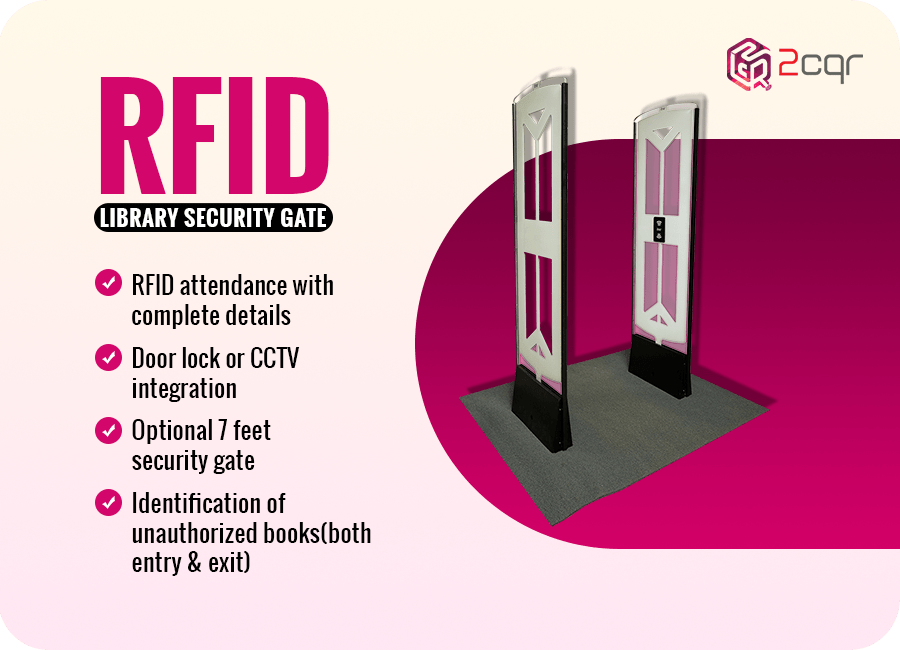
In today’s fast-paced world, updating with the latest trends and adopting advanced technology has become a necessity. It not only improves the efficiency of operations but also reduces the challenges involved. This holds true even for library management, where RFID technology has revolutionised the library management with numerous benefits over traditional systems.
In the case of library management, RFID tags are attached to books, CDs, DVDs, and other library materials. This information on the tags will read by a reader during the checkout or return process, allowing for a more automated and efficient system with less waiting times
RFID solutions for library management include faster checkout and return, increased accuracy, improved inventory management, enhanced security, and cost-effectiveness. However, implementing RFID technology requires careful planning and consideration to ensure its success.
Here are some do’s and don’ts to keep in mind when implementing RFID for library management:
Do’s:
- List out the problems involved in library management such as less resources to manage multiple books issuing, returning at a single time and the goals you want to achieve (reduced wait time during the check out) to determine the specific needs of your library and how RFID technology can help you to resolve these issues.
- Each library has its unique needs in terms of RFID tags, readers, signal strength based in library parameters, it’s essential to consider the needs of your users and the library’s operations before implementing RFID technology.
- Before investing in RFID technology, it’s crucial to understand how it will help you to resolve the current issues involved in library management.
- Because of the increased demand for better user experience with the adoption automated solution specially in library management, there are many RFID vendors in the market. So, it’s important to research about the experience and expertise of RFID suppliers in implementing the customised RFID solutions for library
- Since, RFID technology is expensive to implement with the requirement of periodic maintenance for smoother operation, It’s crucial to have a clear budget and expected ROI (Return on Investment) before investing in RFID technology.
Don’ts:
- Rushing the design, planning and implementation process of RFID technology without clear goals may lead to inefficient library operations raising the need for redesign that requires more budget
- Although RFID technology can automate many processes neglecting the manual involvement wherever required such as stock management, supply chain leads to more losses
- It’s not just about implementation of automated solutions but, its essential to ensure that the staff is trained and ready to adopt the RFID technology for hassle free library management
- Ignoring the experience and expertise of RFID suppliers, services and products using by the respective RFID suppliers can lead to a sub-optimal solution.
- It’s important to have a clear discussion regarding the expenses involved for initial installation and maintenance to avoid ending up with additional expenses that surprise you in future
In conclusion, implementing RFID solutions for library management can bring numerous benefits. However, careful planning and consideration are required to ensure its success. By keeping the above do’s and don’ts in mind, libraries can implement RFID technology with confidence and improve their operations with less effort and resources.


